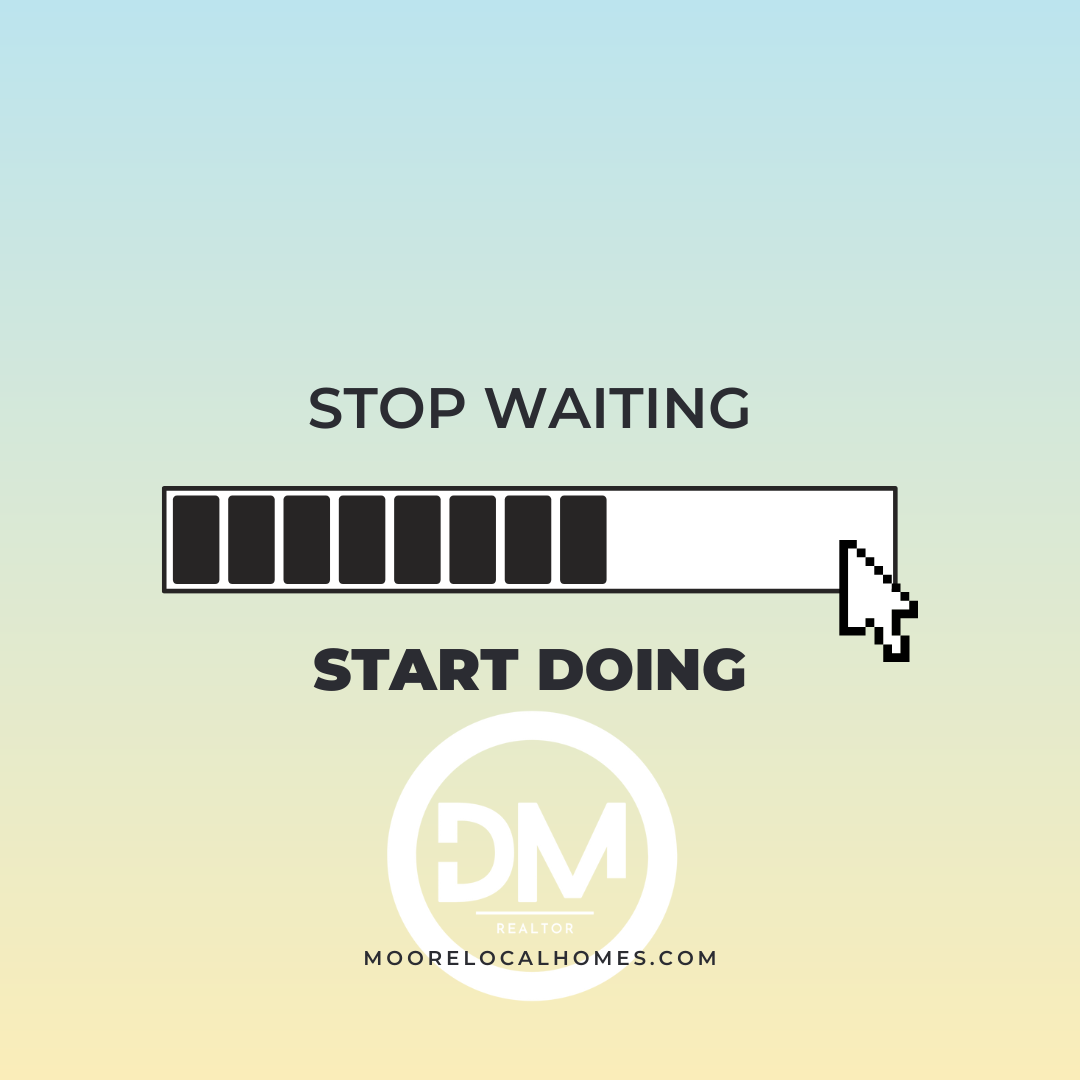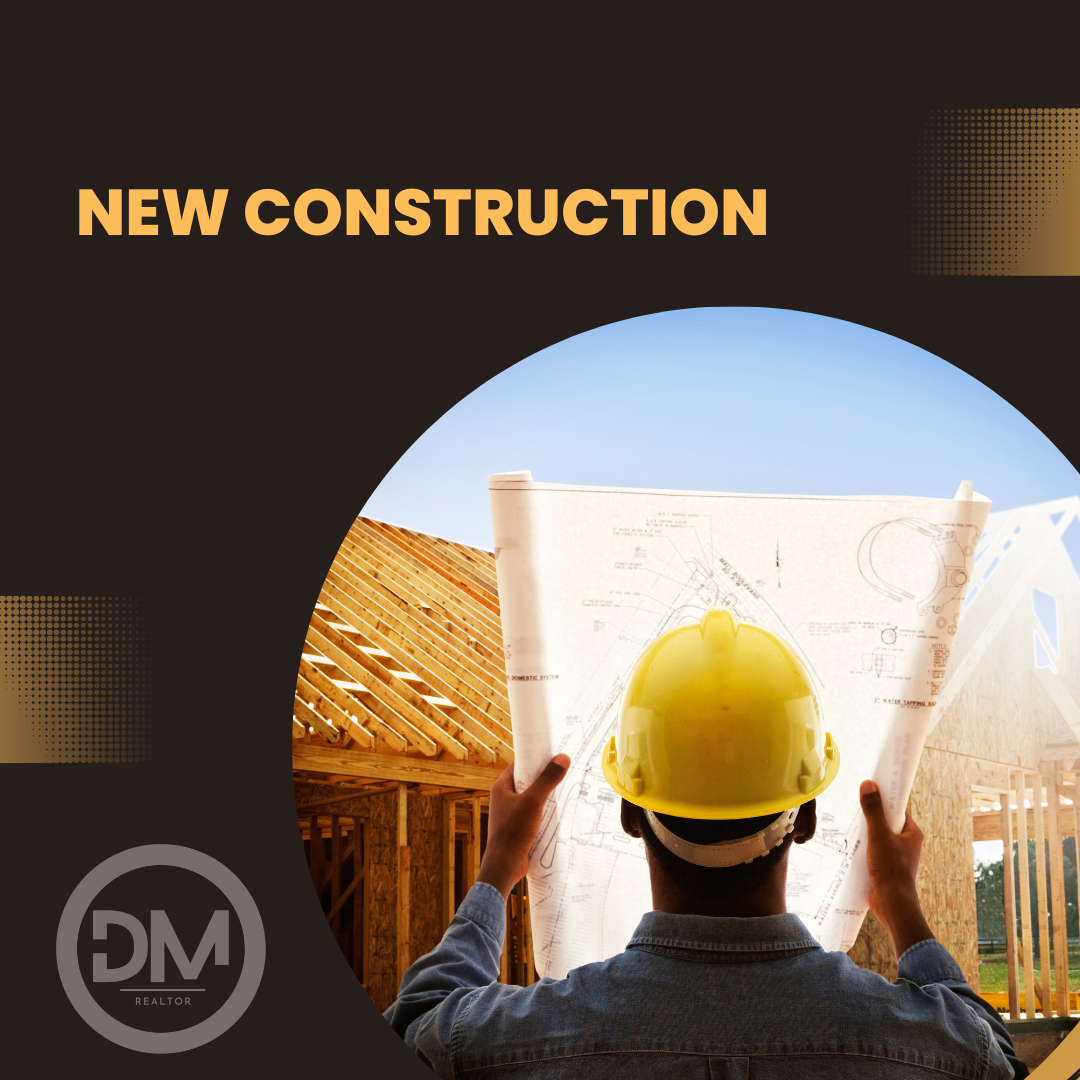Buying a new home is an exhilarating journey filled with anticipation and excitement. After weeks or even months of searching, you’ve finally found your dream home, gone through inspections, negotiated the price, and are ready to close the deal. But before you sign on the dotted line, there’s one crucial step left: the final walkthrough. This is your last chance to ensure that everything is in order and that the home is in the condition agreed upon in the contract. Here’s a comprehensive guide on what to look for during your final walkthrough.
1. Bring Your Contract and Inspection Report
Your purchase agreement and inspection report are your reference points. They outline what should be included in the home sale and any repairs the seller agreed to make. Having these documents on hand ensures you don’t miss anything.
Checklist:
- Ensure all agreed-upon repairs have been made.
- Verify that all included appliances and fixtures are still in the home.
2. Inspect Major Systems and Appliances
You’ll want to confirm that all major systems and appliances are in working order. Even if they passed an earlier inspection, it’s crucial to check them one last time.
Checklist:
- HVAC System: Turn on the heating and cooling systems to ensure they work.
- Plumbing: Run water in all faucets, check for leaks under sinks, flush toilets, and inspect the water heater.
- Electrical System: Test all light switches and outlets.
- Appliances: Test the oven, stove, dishwasher, refrigerator, washer, and dryer.
3. Check for Repairs and Maintenance
The seller may have agreed to perform certain repairs based on the inspection report. Ensure these have been completed satisfactorily.
Checklist:
- Inspect areas where repairs were made to confirm they are up to standard.
- Look for signs of unprofessional work or incomplete repairs.
4. Evaluate General Condition of the Home
Make sure the home is in the same condition as when you last saw it, minus any wear and tear that’s acceptable.
Checklist:
- Walls and Ceilings: Check for new cracks, stains, or signs of mold.
- Floors: Look for scratches, stains, or damage.
- Doors and Windows: Ensure they open, close, and lock properly. Check for broken panes or screens.
- Attic and Basement: Look for signs of pests, water damage, or mold.
5. Confirm the Property is Clean and Free of Debris
The home should be empty and clean unless you have agreed otherwise. Leftover personal items, debris, or trash should not be present.
Checklist:
- Inspect closets, cabinets, and storage areas for leftover items.
- Ensure the yard is clean and free of debris.
6. Verify Landscaping and Exterior Features
If the contract includes specific landscaping or outdoor items, make sure they are in place and in good condition.
Checklist:
- Check the condition of fences, sheds, and other structures.
- Ensure plants, trees, and lawns are maintained.
7. Test Safety Features
Your new home should be a safe haven. Verify that all safety features are functioning properly.
Checklist:
- Smoke and Carbon Monoxide Detectors: Test each one.
- Security System: If included, ensure it is working and you understand how to operate it.
- Garage Door Opener: Test the opener to ensure it works smoothly.
8. Finalize Utilities and Services
Confirm that utilities are set up and ready for your move-in.
Checklist:
- Check that water, gas, and electricity are functioning.
- Ensure that garbage and recycling services are arranged.
9. Confirm All Agreed-Upon Items are Present
Anything agreed upon in the contract, such as specific fixtures or personal property, should be in the home.
Checklist:
- Verify all fixtures, window treatments, and appliances included in the sale are present.
- Ensure any additional items agreed upon in the sale are accounted for.
10. Ask Questions and Take Notes
Don’t hesitate to ask your real estate agent or the seller any questions you have during the walkthrough. Take notes and pictures to document any issues.
Checklist:
- Make a list of any discrepancies or concerns.
- Communicate any issues immediately to your real estate agent.
Conclusion
The final walkthrough is your last opportunity to ensure that your new home meets your expectations and is ready for move-in. Taking the time to thoroughly inspect the property can save you from unexpected surprises and provide peace of mind as you prepare to start this exciting new chapter in your life. Happy home buying!
Feel free to customize this guide according to your specific needs or the unique aspects of your new home. Remember, a detailed and careful walkthrough can make all the difference in ensuring a smooth and joyful transition into your new space.

 Facebook
Facebook
 X
X
 Pinterest
Pinterest
 Copy Link
Copy Link









